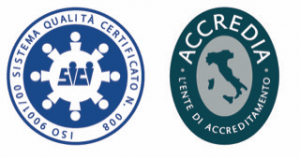Surface treatments are industrial processes that are used to modify the surface of a product. They are used to improve a variety of properties of the product, including appearance, corrosion resistance, hardness, electrical or mechanical properties, and surface friction.
Surface treatments for springs
Springs can be subjected to a wide range of surface treatments, depending on the specific application requirements. The most common treatments are:
- Zinc plating: This is an electrochemical process that deposits a thin layer of zinc on the surface of the spring. Zinc is a metal that offers good corrosion resistance.
- Cathodic dip painting (CDP): This is a type of paint applied through a cathodic process that results in the deposition of a resin on the surface of the spring, providing significant corrosion resistance.
- Geomet: This is a protective coating based on zinc and phosphates. It is resistant to corrosion and wear.
- Phosphating: This is a process that applies a layer of zinc phosphate or manganese phosphate to the surface of an object to create a barrier that protects the spring from
- Epoxy coating: This is a protective coating based on epoxy resin and is resistant to corrosion, wear, and scratches.
- Teflon coating: This is a process that applies a layer of Teflon to the surface of an object. Teflon is a non-stick and wear-resistant material that reduces friction on the surface of the treated spring.
- Sandblasting: Sand is used to remove rust, dirt, burrs, and other contaminants from the surface of an object.
- Shot peening: A stream of metal or ceramic spheres is used to remove rust, dirt, burrs, and other contaminants from the surface of an object, as well as to improve the fatigue resistance of the spring.
The choice of the most suitable surface treatment depends on a number of factors, including the type of spring, the application, and the environmental conditions. Surface treatments can help to improve the durability, performance, and appearance of springs.
The surface treatments mentioned are certainly the most common, but they are just some of the possible ones: each treatment request will be evaluated with our suppliers (all surface treatments are outsourced to specialized companies) trying to meet every customer requirement.
Surface treatments must be expressly requested by the Customer: in the absence of specific instructions, springs are supplied raw, without any type of treatment.


